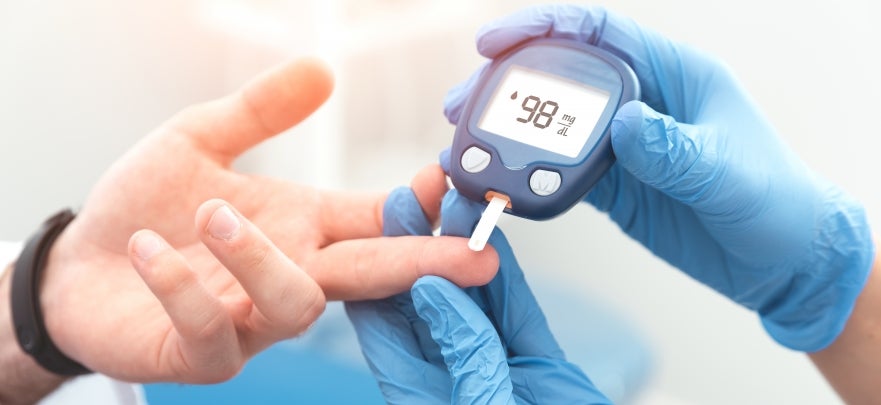Diabetic Fasting Blood Sugar vs. Oral Glucose Tolerance vs. A1C
If you’ve had diabetes for a while, you would have depended on urine tests or daily finger pricks to measure your blood sugar levels. These tests are accurate, but only at that moment. They are very limited as an overall measurement of blood sugar control because your blood sugar can vary wildly depending on the time of day, your activity levels, and changes in hormones. You may have high blood sugar at 2 a.m. and be unaware.
When A1C tests became available, they quickly became an important tool in monitoring diabetes control. A1C tests measure average blood glucose over the past two to three months. You may have high fasting blood sugar, but your overall blood sugar may be normal, or vice versa.
Normal fasting blood sugar levels may not eliminate the possibility of type 2 diabetes. That is why A1C tests are now used to diagnose and screen for prediabetes and diabetes. Because it doesn’t require fasting, the test can be given at any time as part of an overall blood screening.
There are several ways to diagnose diabetes. Each way usually needs to be repeated on a second day to diagnose diabetes.
Testing should be done at your doctor’s office or in a lab. If your doctor determines that your blood sugar level is very high, or if you have classic symptoms of high blood sugar in addition to one positive test, your doctor may not require a second test to diagnose diabetes.
A1C
The A1C test measures your average blood sugar for the past two to three months. The advantage of being diagnosed this way is that you don't have to fast or drink anything.
-
Diabetes is diagnosed at an A1C of greater than or equal to 6.5%.
Result
A1C
Normal
less than 5.7%
Prediabetes
5.7% to 6.4%
Diabetes
6.5% or higher
Fasting Plasma Glucose (FPG)
The FPG blood test measures your blood glucose level at a single point in time. This test is usually done first thing in the morning before breakfast. For fasting tests you can not eat or drink anything (except water) for at least eight hours before the test.
-
Diabetes is diagnosed at fasting blood sugar of greater than or equal to 126 mg/dl.
Result
Fasting Plasma Glucose (FPG)
Normal
less than 100 mg/dl
Prediabetes
100 mg/dl to 125 mg/dl
Diabetes
126 mg/dl or higher
Oral Glucose Tolerance Test (OGTT)
The OGTT is a two-hour test that checks your blood sugar levels before and two hours after you drink a special sweet drink. It tells the doctor how your body processes sugar.
-
Diabetes is diagnosed at two-hour blood sugar greater than or equal to 200 mg/dl.
Result
Oral Glucose Tolerance Test (OGTT)
Normal
less than 140 mg/dl
Prediabetes
140 mg/dl to 199 mg/dl
Diabetes
200 mg/dl or higher
What Is Prediabetes?
Before people develop type 2 diabetes, they almost always have prediabetes. Prediabetes is blood sugar levels that are higher than normal but not yet high enough to be diagnosed as diabetes. Doctors sometimes refer to prediabetes as impaired glucose tolerance (IGT) or impaired fasting glucose (IFG), depending on which test detected the condition. This condition puts you at a higher risk of developing type 2 diabetes and cardiovascular disease.






